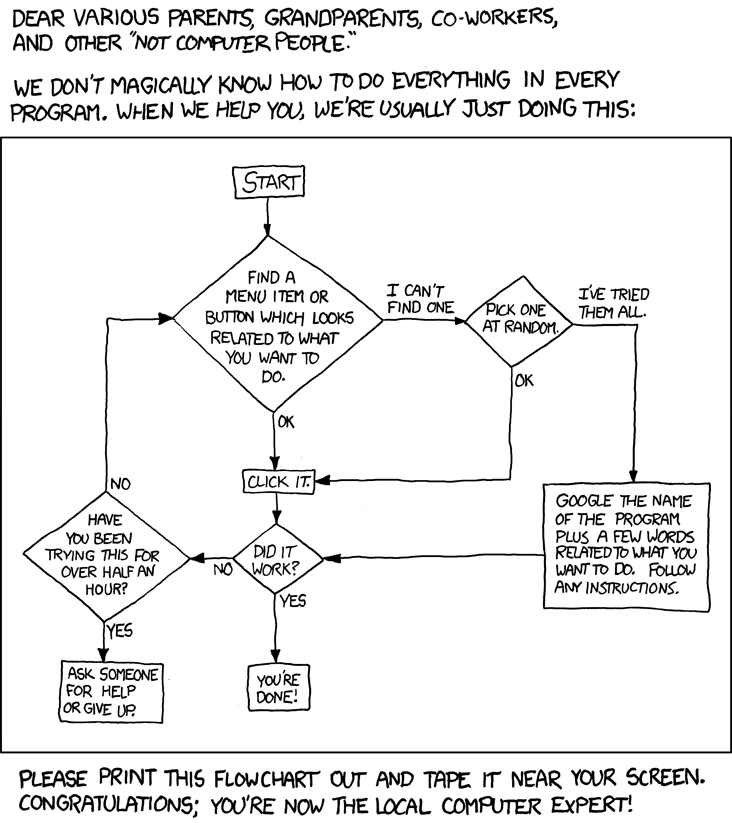My father is a board member of Crest Community Church, in Wildwood Crest, NJ. He recently asked for my advise on how the church should invest some of its funds. He asked via a phone call in which I responded with what he probably though was an insane answer along the lines of, "...you might as well go to Atlantic City with the money if you are going to listen to advice about buying into any particular investment." My intended point being that without following a prudent investment plan the odds of obtaining a suitable return while incurring acceptable risk are against you. I realized that this advice would be tossed aside without the proper context. So, I followed up with an email that I sent to my father and Rev. Jeff Salasin, pastor at Crest Community Church:
"...the best advice that I can give you is to describe the prudent investment portfolio management process as outlined by the CFA Institute in it's Chartered Financial Analyst program and suggest that you follow it.
As you know, I passed the level I CFA Examination and studied extensively for level II. As covered in the Level I curriculum and reiterated in the level II curriculum, the investment portfolio management process has been summarized below. I have expanded only to the extent that it might be useful for someone not familiar with the 4 step iterative process. I have also added my own insights (particularly in the implementation step) and references to websites to illustrate some concepts and for a start on further reading.
Investment Portfolio Management Process
1. Create or Revise Policy Statement (annually or more frequently as needed)
The most important step in the portfolio management process is the creation (or revision) of a policy statement.
The policy statement should explain investment objectives expressed in terms of risk and return.
A careful analysis of the investor's risk tolerance should be performed, to include a list of factors that may affect an investor's tolerance for assuming investment risk.
As an individual, one can take a quiz as a first step in assessing one's risk tolerance. As an organization, the board or an appointee must assess the Church's risk tolerance.
Return objectives should be stated in absolute, relative or general terms (e.g. capital preservation, capital appreciation, current income, or total return) to provide a guideline for appropriate benchmarks.
Investment constraints should be described in terms of of liquidity, time horizon, tax concerns, legal and regulatory factors, and unique needs and preferences.
2. Evaluate Environmental Conditions, i.e. the current and projected financial, economic, political, and social conditions.
3. Implement the plan by constructing or adjusting the portfolio in the context of the Policy Statement and the Environmental conditions.
In implementing the plan, one should be familiar with investment research. Index Fund Advisers has an informative summary of historical and current research. It is presented in a facetious 12 step program format. But it is a fair and useful summary. In reading it you will find that there is strong evidence that the best odds for any particular investor to maximize their return at any given risk level over long periods of time (15 or more years) is to invest in index funds. It is extremely unlikely that you are able to do better otherwise. Further, if you can do better, it is unlikely that you will use a relatively active strategy with your investments.
Using index funds you can create a portfolio suitable for a any level of risk tolerance by adjusting the amount allocated to different classes of investments (e.g. Stocks, Bonds, Money Market instruments). Seeking Alpha has a number of articles describing examples of index fund portfolios. These examples are not the correct mix for most investors' portfolios. Note that these portfolios ignore Cash, Treasury Bills (TreasuryDirect.com) and other Money Market Instruments.
There are many index funds to invest in that are traded just like other stocks.
When investing in index funds, an investor's primary concerns are:
- Maintaining an appropriate allocation to different asset
classes to manage the portfolio risk level
- Minimizing tracking error of index funds (only buy funds that
have the smallest of margins between the index level and market
and net asset values of the funds).
- Minimizing management and other fees charged by the funds.
- Minimizing transaction costs from buying or selling shares of
the funds.
When investing in individual assets the investor has the added concern to obtain a better return than a portfolio of index funds with the same or similar risk level.
4. Feedback Loop. Evaluate portfolio performance. Reassess the investor's Objectives and Constraints. Return to step 1.
Even though I cannot give any specific recommendations, I hope I've helped."
I hope this post finds its way to inform someone unfamiliar with this process that will be managing investments.
For further reading, you can find a copy of "Fundamentals of Financial Management" by Eugene f. Brigham and Joel F. Houston. I purchased the 8th Edition. The current edition is the 12th. (There is no Amazon referral deal with these links.)


